Past the Fundamentals of Bone Broth
In 2014, I wrote a post covering all the fundamentals of making –> bone broth. Since that time, I’ve learned even more about bone broths, stocks, and meat broths. If you are just getting into bone broths you may want to start at my basics of bone broth post. However, if you are ready for some more bone broth knowledge, read on.
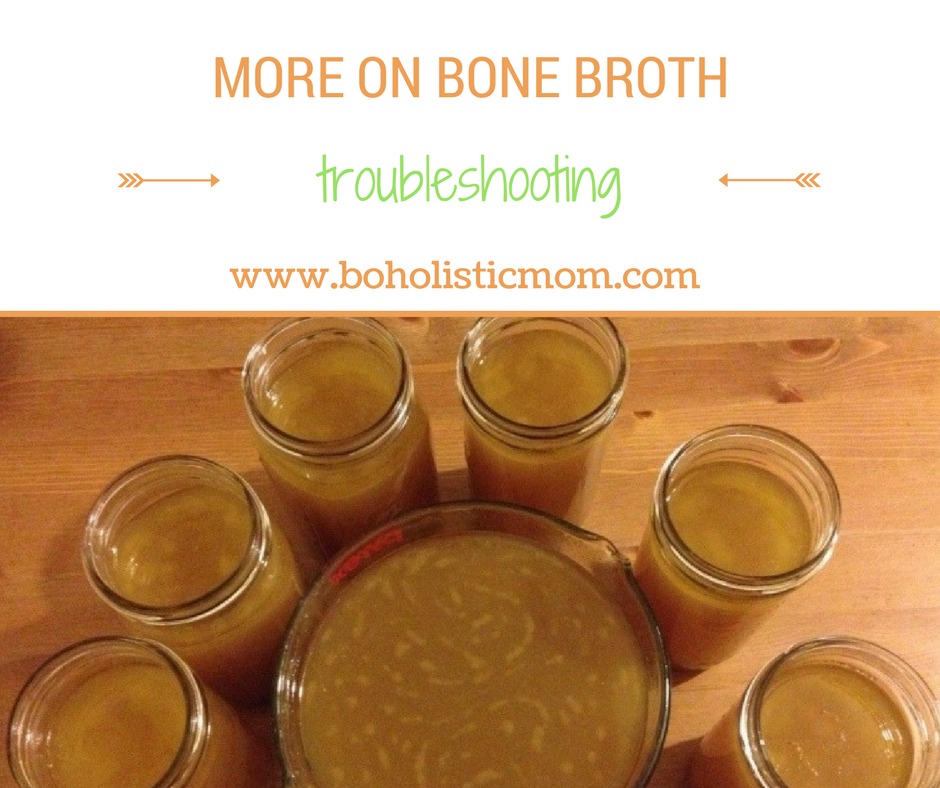
Gelatinization
One of the goals of making a true bone broth is gaining the gelatin from the bones. Gelatin, as mentioned in my other broth post, improves collagen status, thus supporting skin health and supports digestive health.1 The structure of the gelatin is what makes the bone broth “gel.” When the broth has been adequately simmered and the nutrients have been pulled from the bones, beef broth and chicken broth should become somewhat solid when cooled. Think jello.
If your broth does not “gel,” you may not be gaining the gelatin that you desire. Heat and lack of nutrients are the two primary causes for bone broths not becoming solid in the refrigerator. If you boil your bones rather than simmer them gently, you will break down the gelatin. Let me be very clear. When your food is overheated and processed, your body cannot absorb the broken down nutrients. Our food contains the building blocks for our health. Take care with the building blocks as you reheat your food and when you simmer your bone broth.
Gelatin can become broken down if heated too high for too long.
The other reason that your broth may not gel is due to lack of gelatin in your pot. If you do not add enough gelatin rich bones, you are less likely to have your bone broth solidify. Unless I have a whole pot of chicken bones, my bone broths will often lightly gel, but not become solid in the refrigerator. If I use oxtails or pork feet, my broths gel easily. So find lots of bones for your broths in order to get the most gelatin into your broth.
Crock-pots
When I began making bone broth, I was in Naples, Italy and becoming one with my food. I learned how to use my gas stove and thrived on stockpots, pots, and pans. I didn’t even own a crock-pot until the last year I was in Italy.
Because I never owned a slow-cooker, I hadn’t made my bone broths in one. Obviously. When I was given a crock-pot by a friend, I was eager to use it for my broth. I actually intended to double my recipes and have double the broth. However, I never liked the flavor of the broth from my crock-pot and I never knew why that was. It didn’t make sense until I read a post by the blogger over at Fearless Eating.
Craig from Fearless Eating inadvertently discovered the reason for the discrepancies between the slow-cooker broth and the stock pot broth. You can read more about his “experiment” here. He figured out that when you left your bone broth in the crock-pot the broth would stay too hot. The gelatin in the broth would completely break down. I am guessing that even more nutrients broke down while the broth cooked, because the flavor is completely different.
Avoid preparing your bone broths in a crock-pot.
My advice for you in your broth adventures is to avoid preparing your bone broths in a crock-pot. I would even go so far as to suggest that if you are uncomfortable leaving your broth cooking overnight (as many are) then you would be better off cooking your bone broth from morning until night in a stock pot even if it gets you a little less of the nutrients from the bones. Get this. The nutrients that do come from the bones in the shorter broth will be in tact if you use the stock pot while the nutrients from the bones in the crock-pot will be lost due to the heat. Shorter and more nutritious is better than longer and lost.
Note: Not all crock-pots are created equal. Some may actually provide a simmer. I suggest doing your own stock pot/crock pot experiment. Put the same poundage of bones into the crock pot and stock pot, cook them the same length of time. Then see how they gelatinize.
Glutamate
Many of us have heard of the infamous monosodium glutamate and recognize that it is a man-made chemical that causes our brains to find food savory whether or not the food is actually has a savory flavor. While our bodies actually use natural bound glutamate, which is a neurotransmitter in our brain, we do not need extra free glutamates that are added into our food.3 Amy Nett, MD, wrote an article on Chris Kresser’s site explaining the implications of too many glutamates. She also includes a list of foods to avoid if you find that you are sensitive to glutamates.
I discovered recently on Craig’s blog (Fearless Eating) that bone broth and collagen actually contain glutamine.4 I was shocked! At first, I was in unbelief. He must be wrong! Then I realized that glutamic acid is actually one of the four amino acids found in the collagen protein. So glutamine (glutamic acid) is a part of collagen and can be beneficial in the right amounts. The problem is that many processed foods contain excess free glutamates that add up in our system making us sensitive even to the natural glutamine in broth.
If you have a child who has ADD, ADHD, Autism, or other gut related disorders, consider following Dr. Natasha Campbell-McBride’s (who wrote the book Gut and Psychology Syndrome or GAPS) advice. She suggests cooking meat and bone broths for a shorter time to lessen the amount of glutamic acid released from the bones while healing the gut. Once the gut is healed, you can return to regular bone broth.
Short Stock
What types of times are we looking at for making short cooked broth?
Back to Craig Fear’s blog, he has a great guideline for decreasing the glutamates in broth while you heal:
- Poultry – Simmer for 1-3 hours
- Beef, lamb and bison – Simmer for 2-4 hours
- Fish – Simmer for around an hour 4
Healing Broth
Last, but definitely not least, bone broth is extremely healing to our guts. If you have IBS, leaky gut, or any other myriad of gut problems, you can utilize bone broth to promote healing in your intestines. Depending on the depth of your intestinal problems, consider purchasing Gut and Psychology Syndrome to explore how to systematically heal your gut.
I also suggest the Nourishing Traditions cookbook and the Nourishing Broth cookbook. They are vital resources for bringing back a traditional diet to your family. Thank you for reading and I hope you are very nourished by this material!

Brooke – the Boholistic Mom
Sources
1. Nourished Kitchen – Bone Broth: http://nourishedkitchen.com/bone-broth/
2. Fearless Eating – Gelatinous Bone Broth: http://fearlesseating.net/gelatinous-bone-broth/
3. Chris Kresser – Hidden Sources of Glutamate
4. Fearless Eating – When Bone Broth is Bad for You: http://fearlesseating.net/when-bone-broth-is-bad-for-you/
4. Biodynamic Wellness – Stock vs Broth

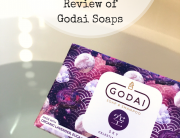


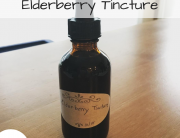


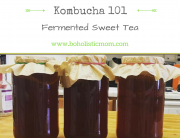











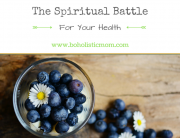
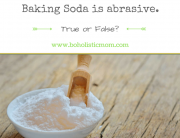








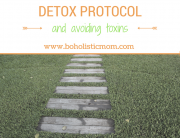


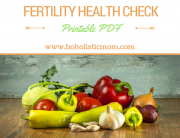


















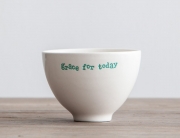

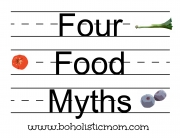

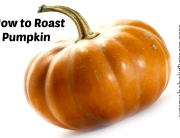


















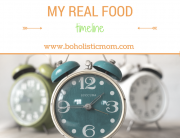

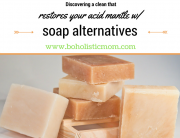
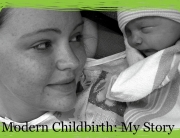



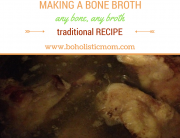

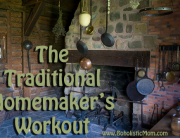


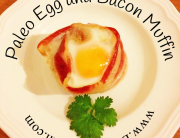
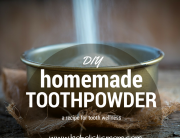
















Very helpful Brooke, thank you!!!
[…] you simmer your bone broth the more minerals and nutrients are released from the bones. See my new post for broth […]
Great article, Brooke! I love making broth in the winter. This reminds me to do it more even tho the weather is warmer. Thanks!